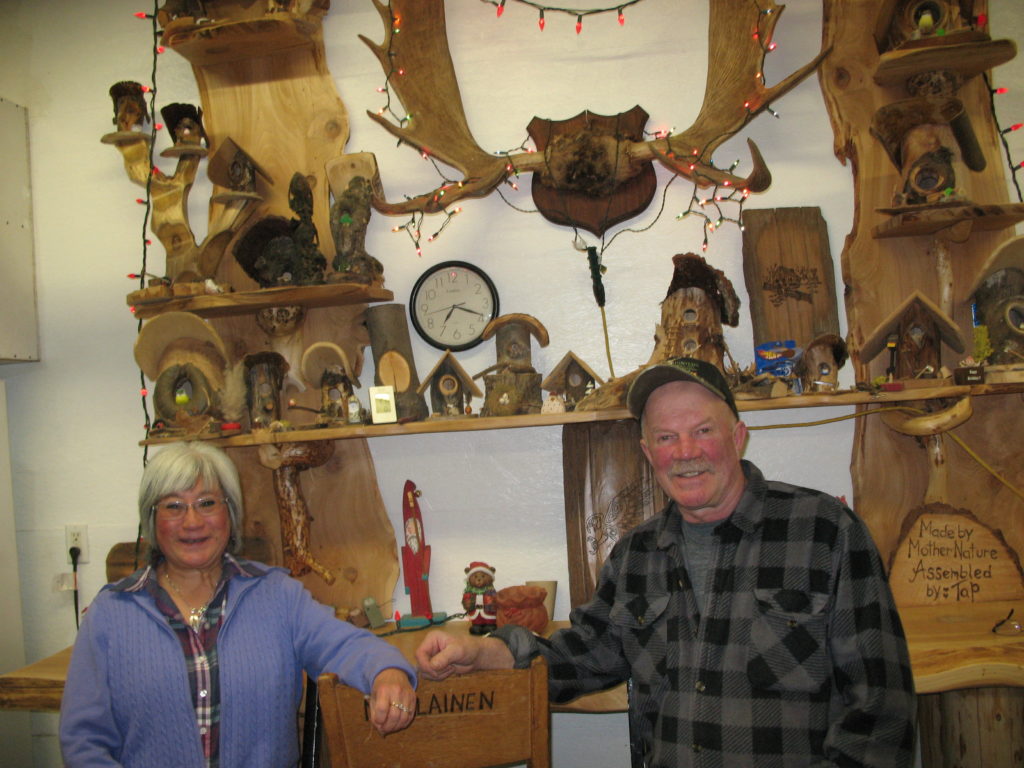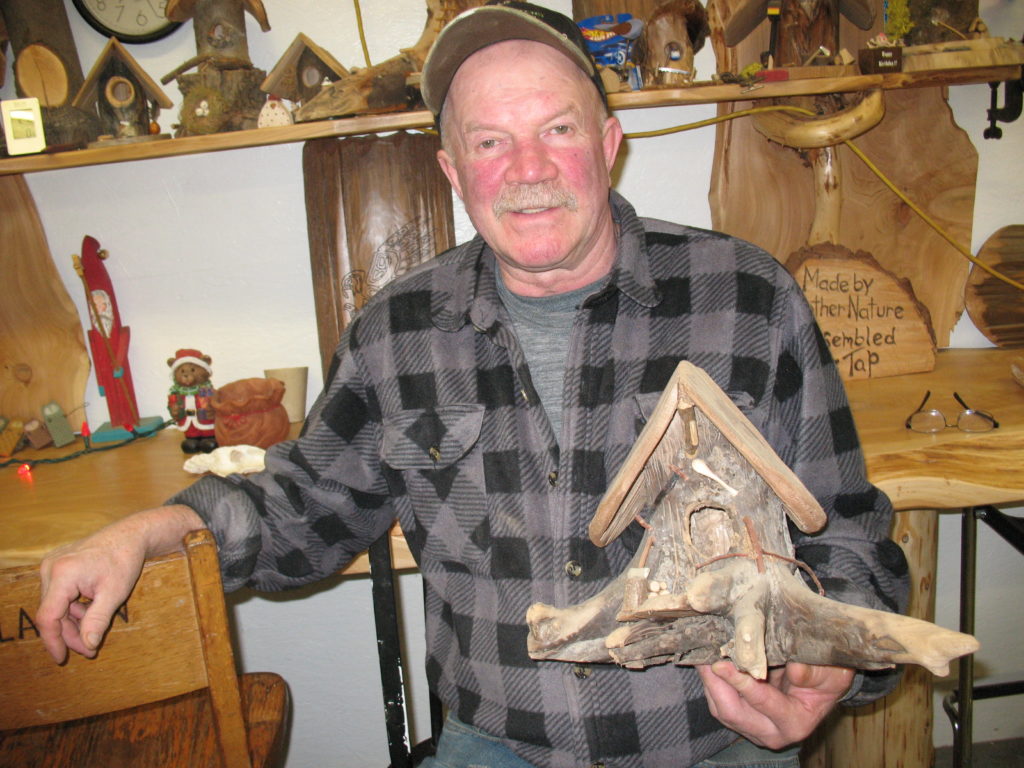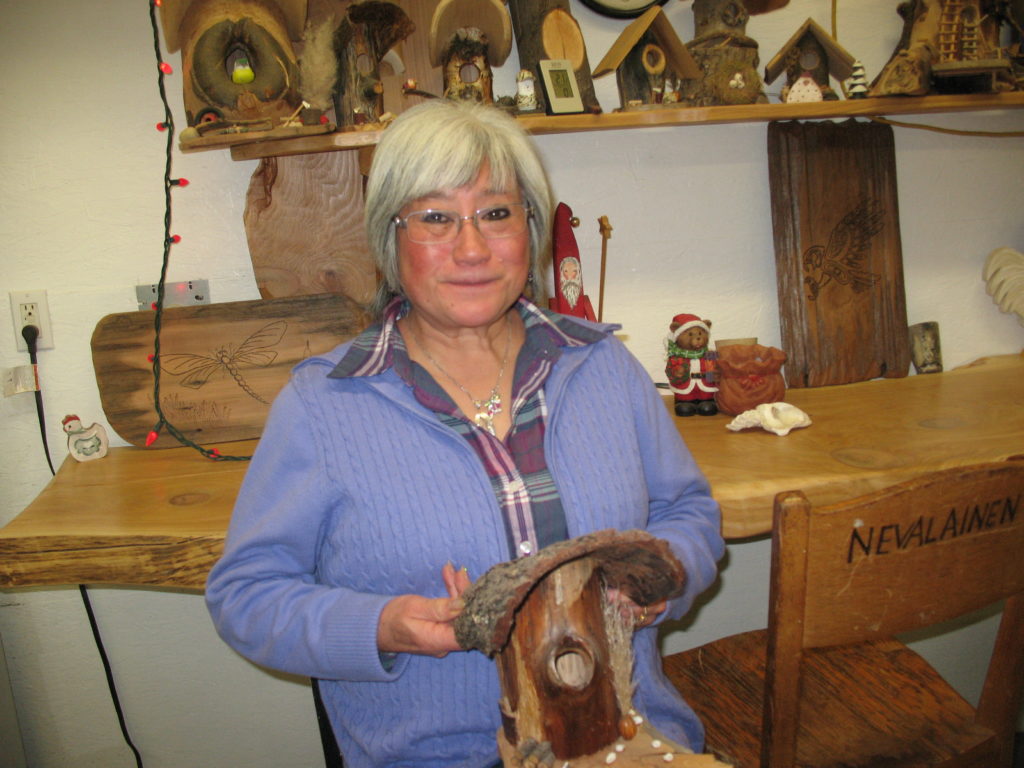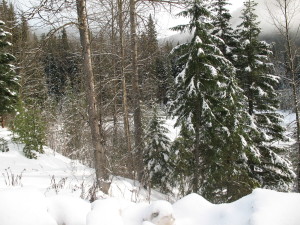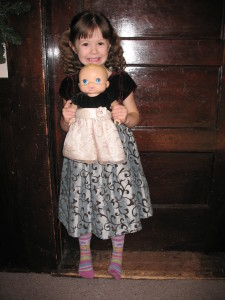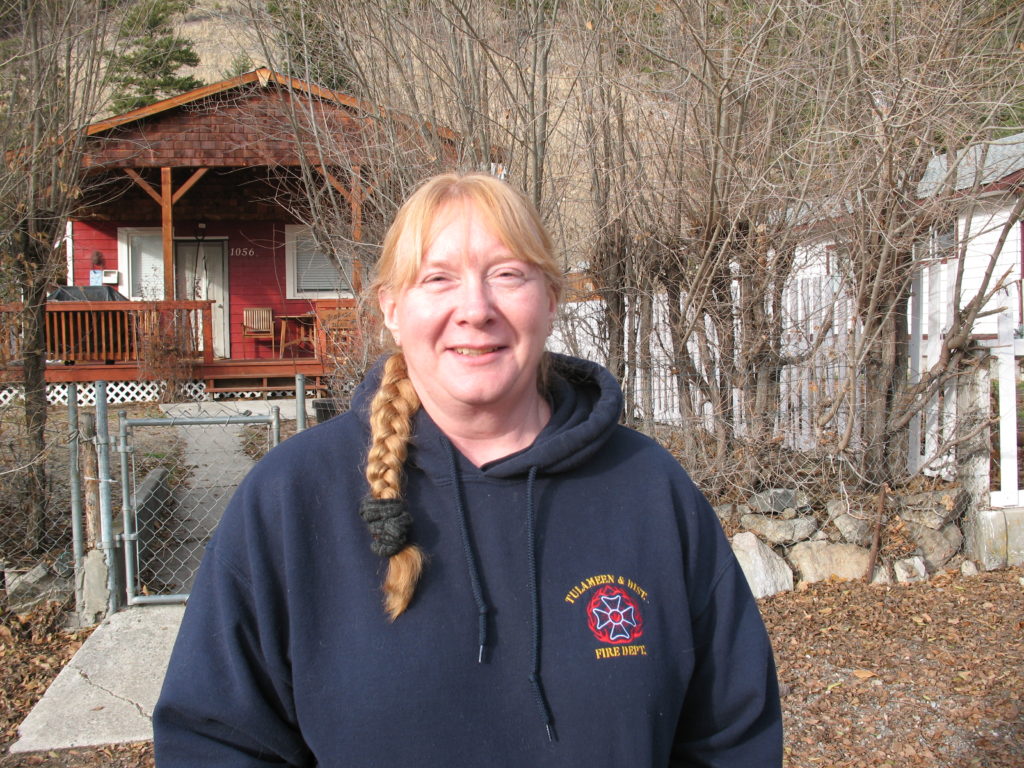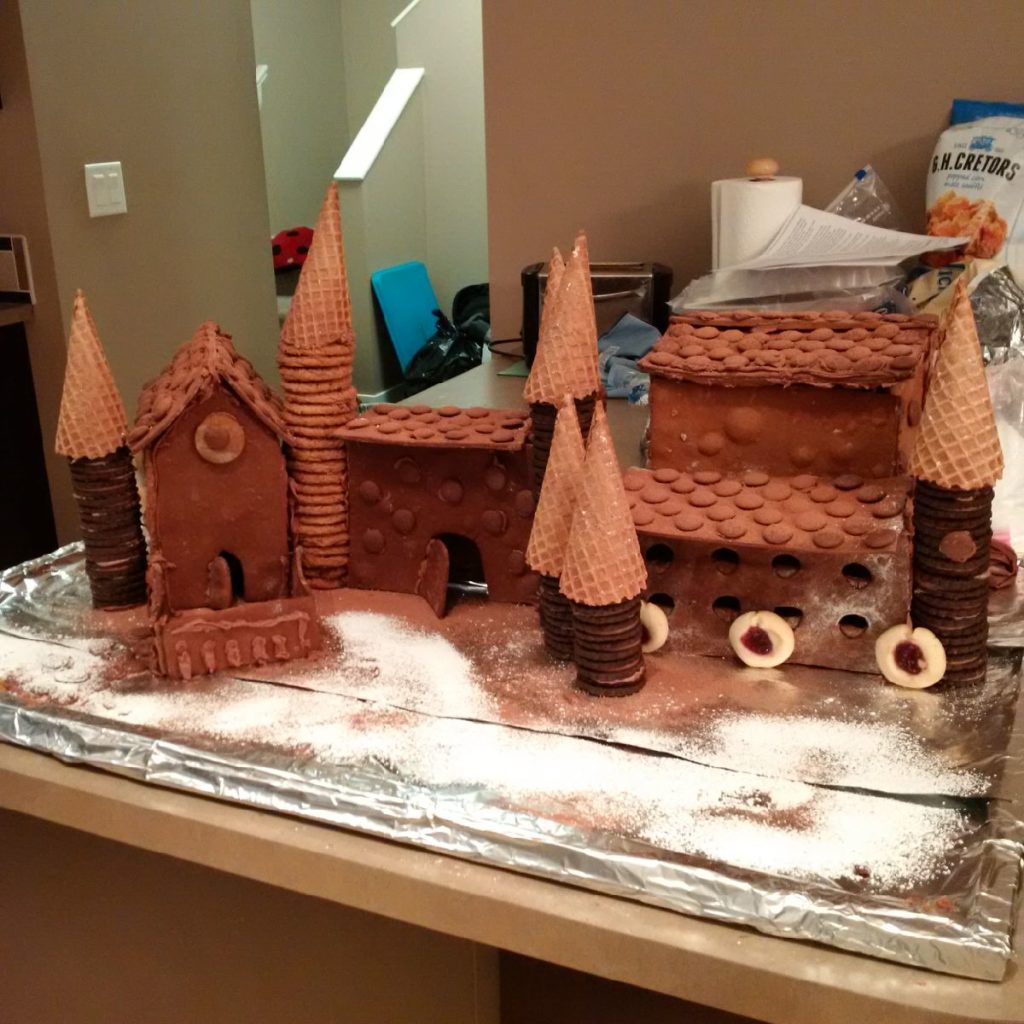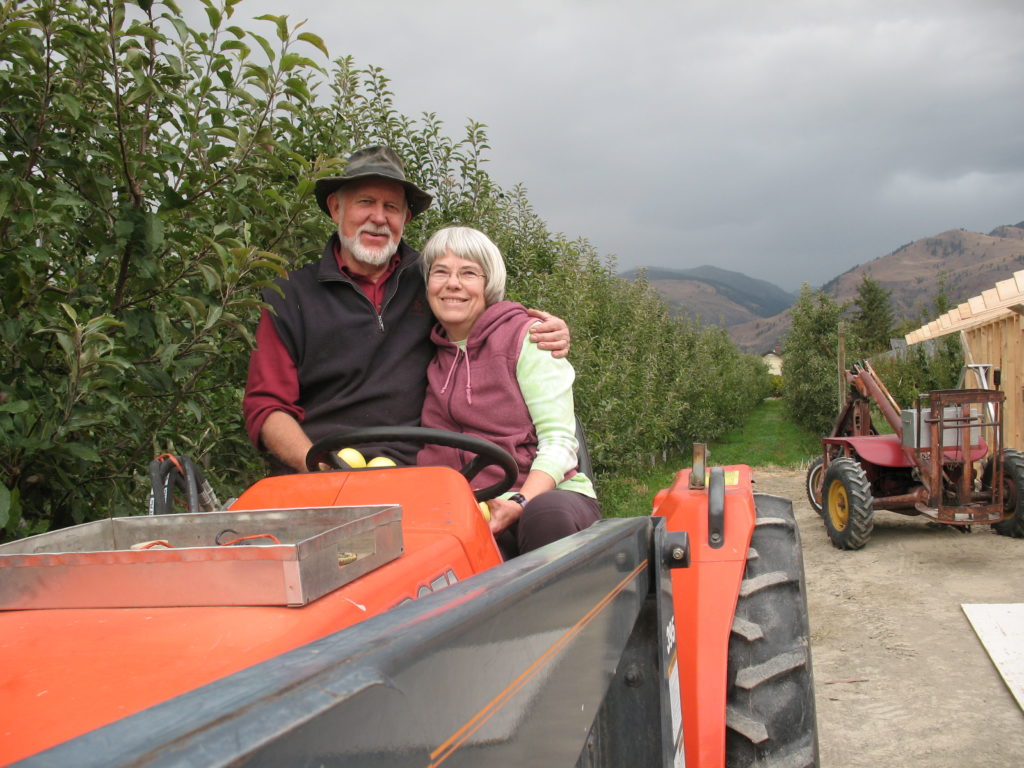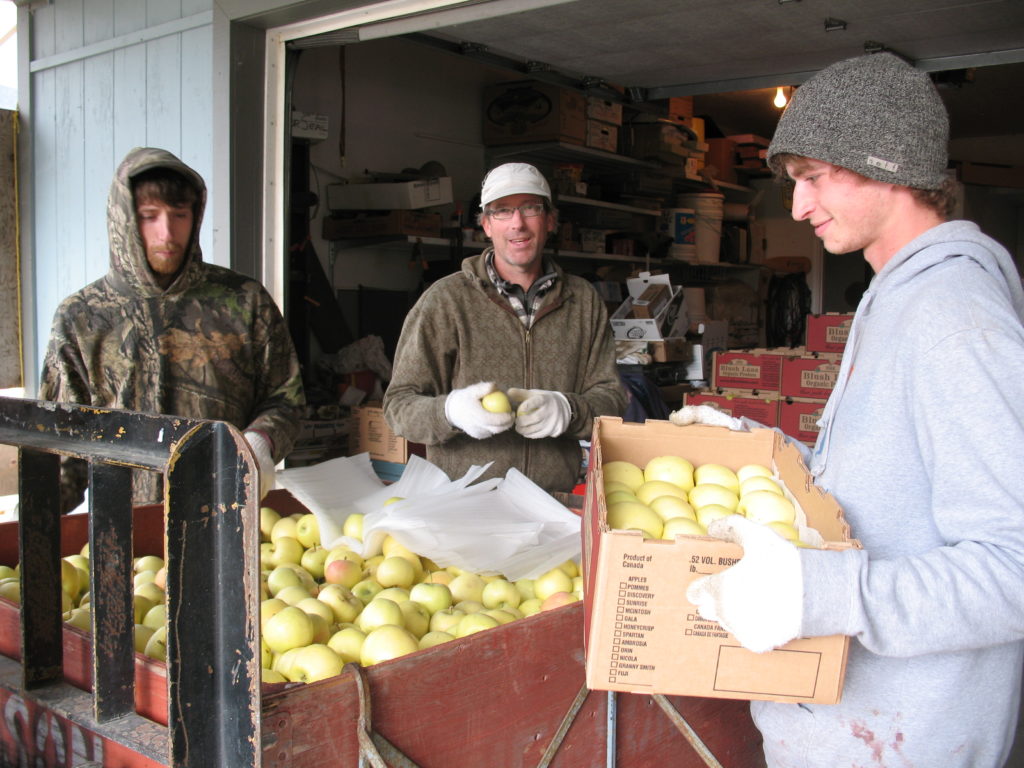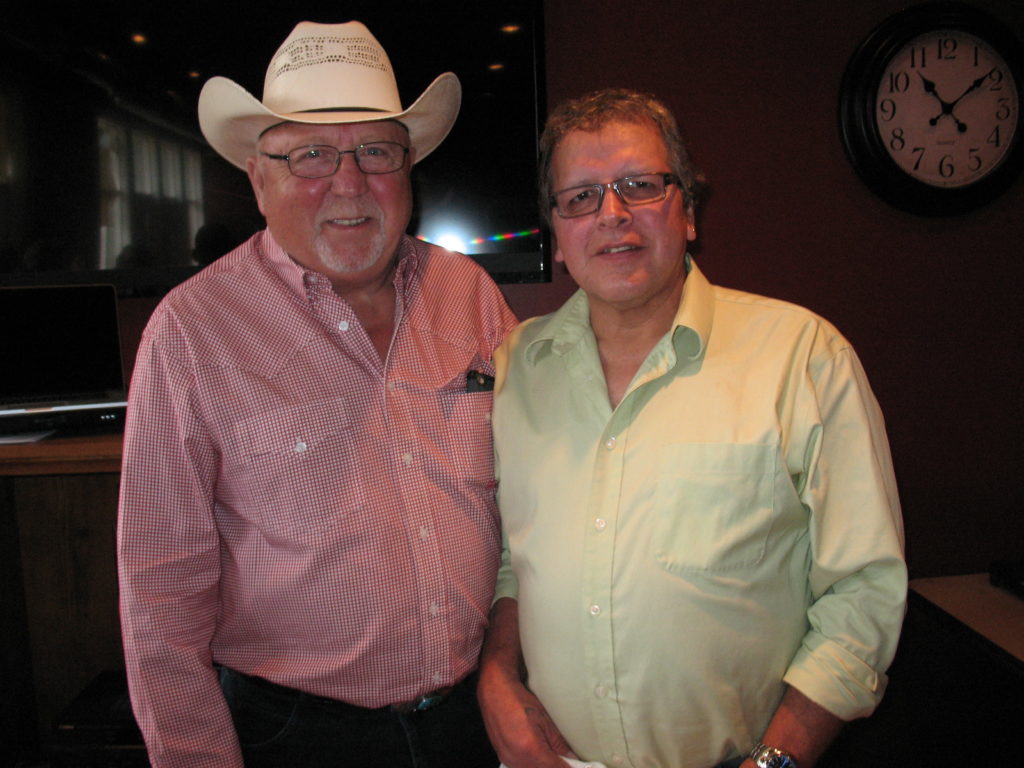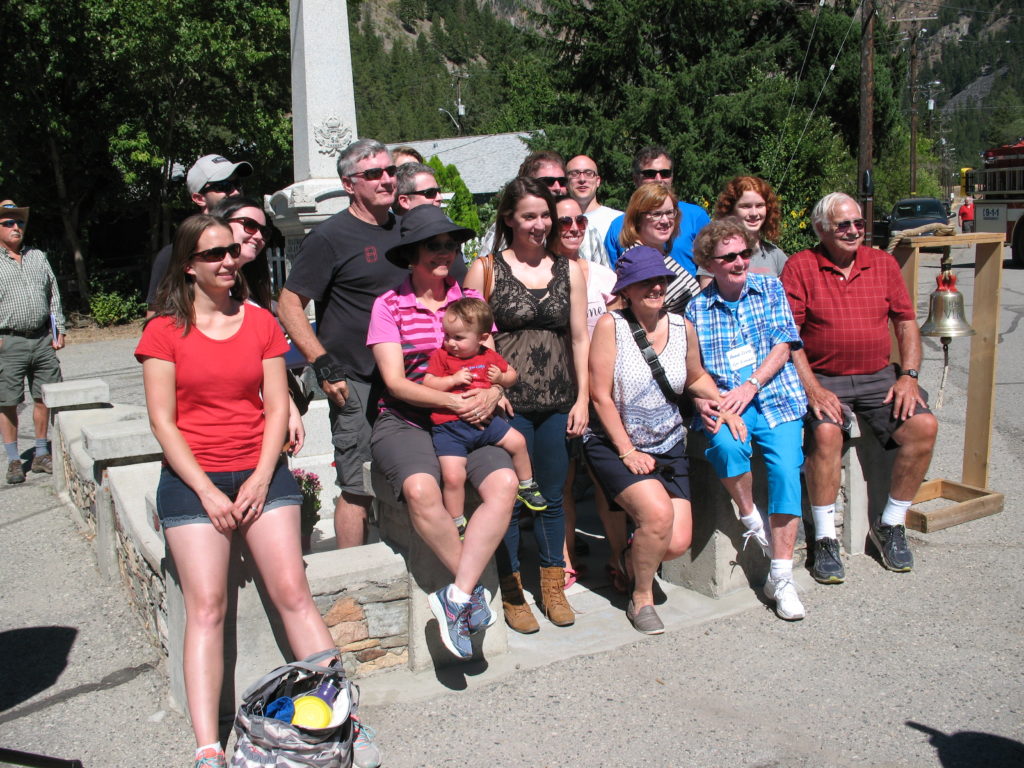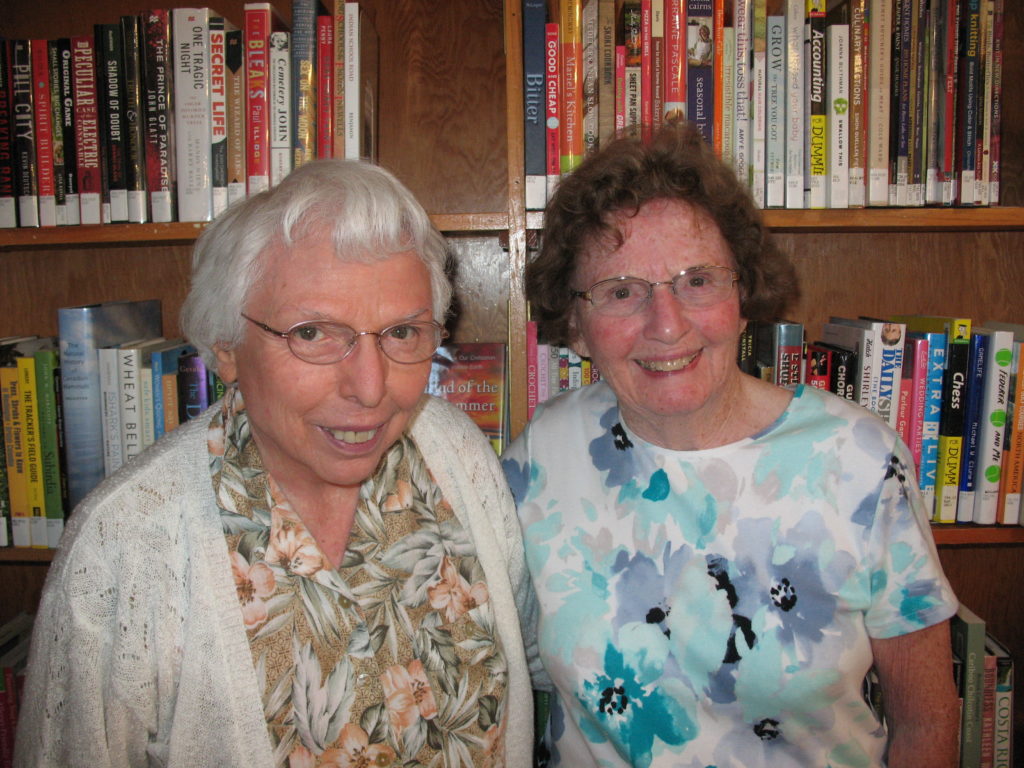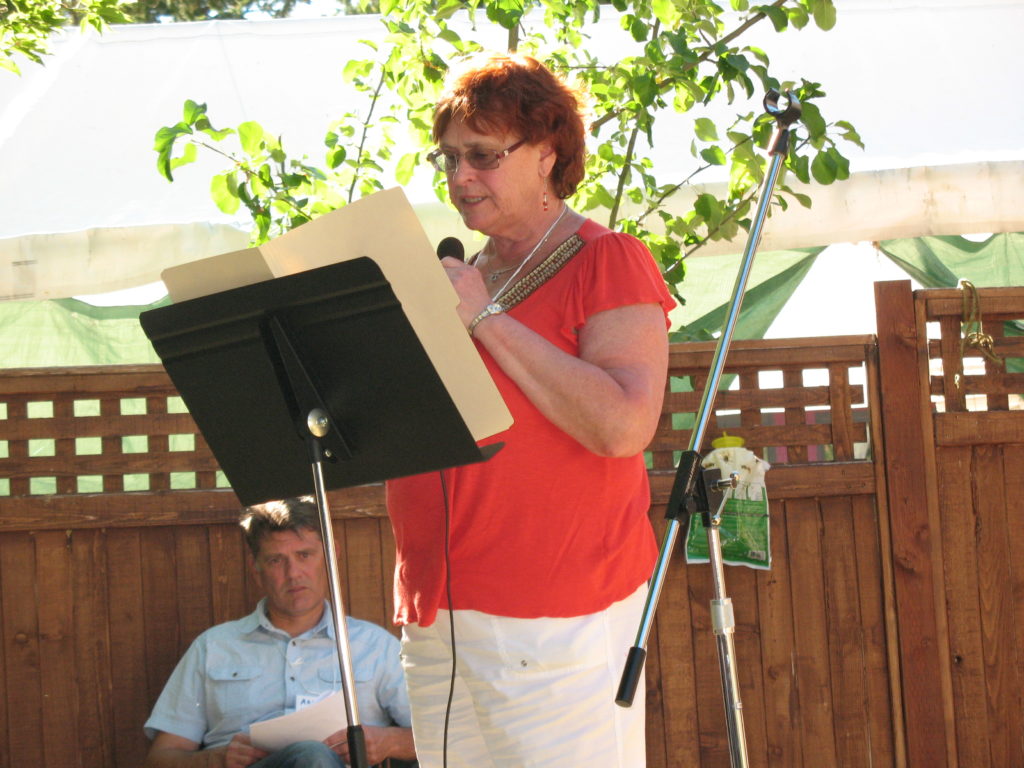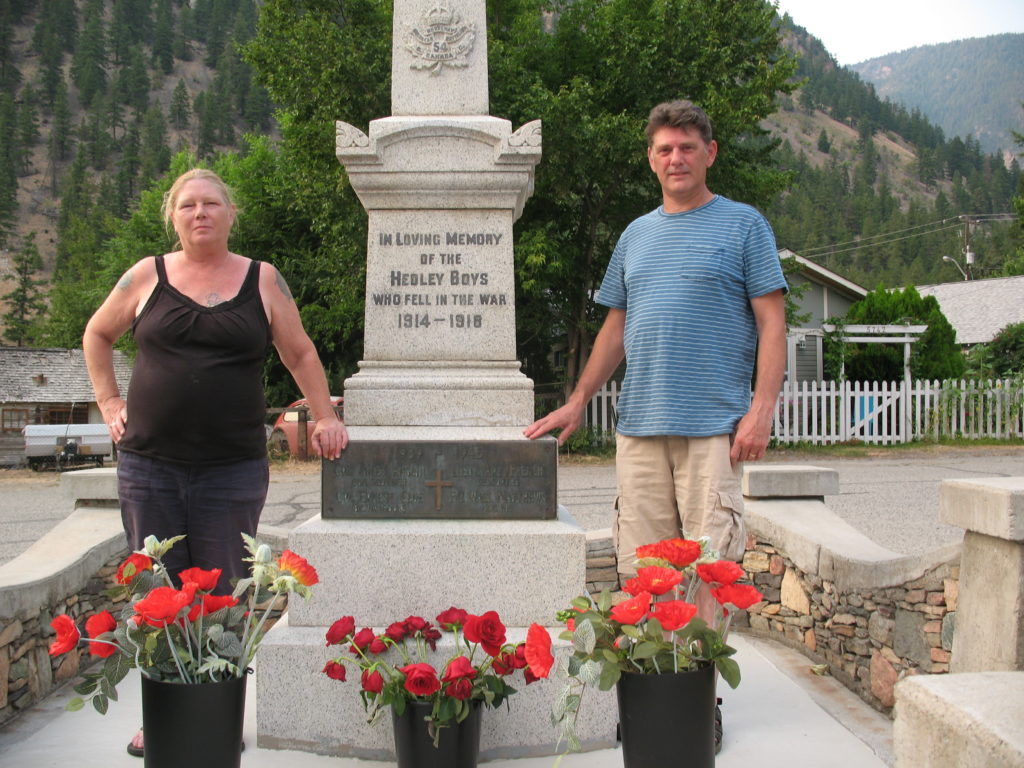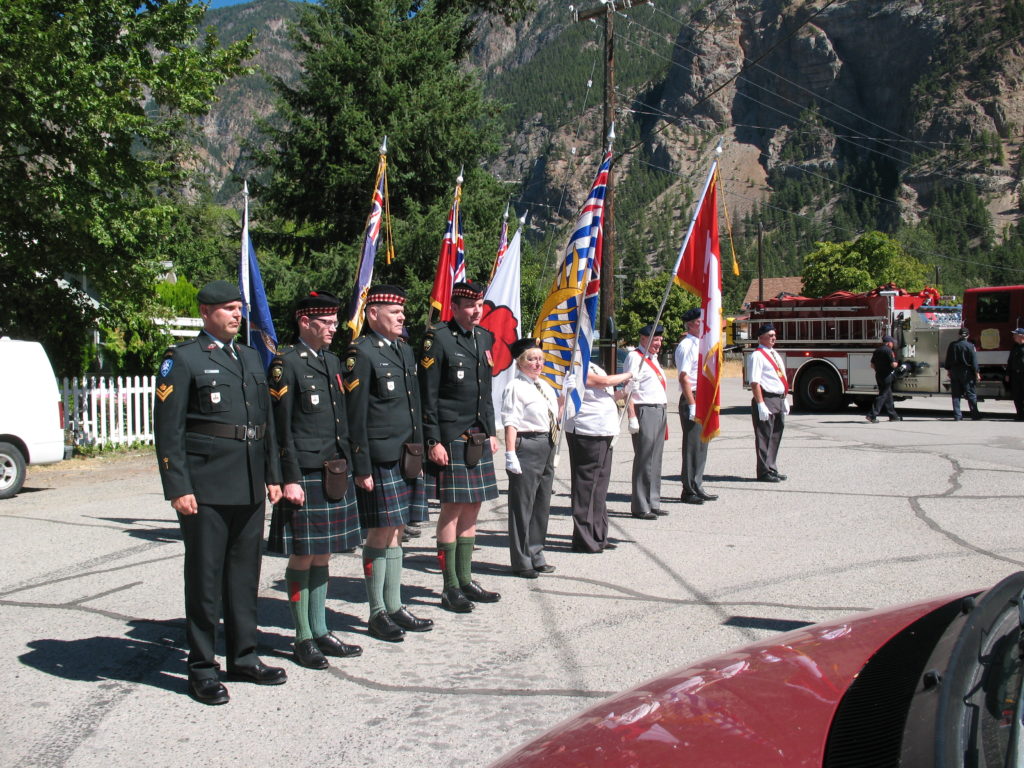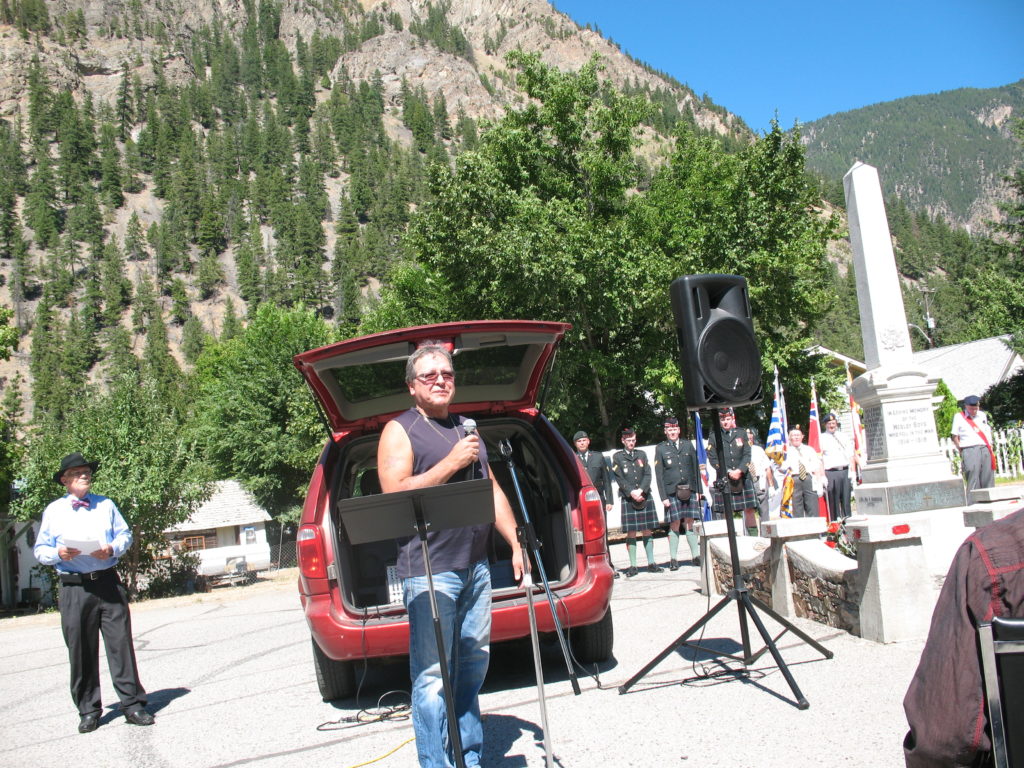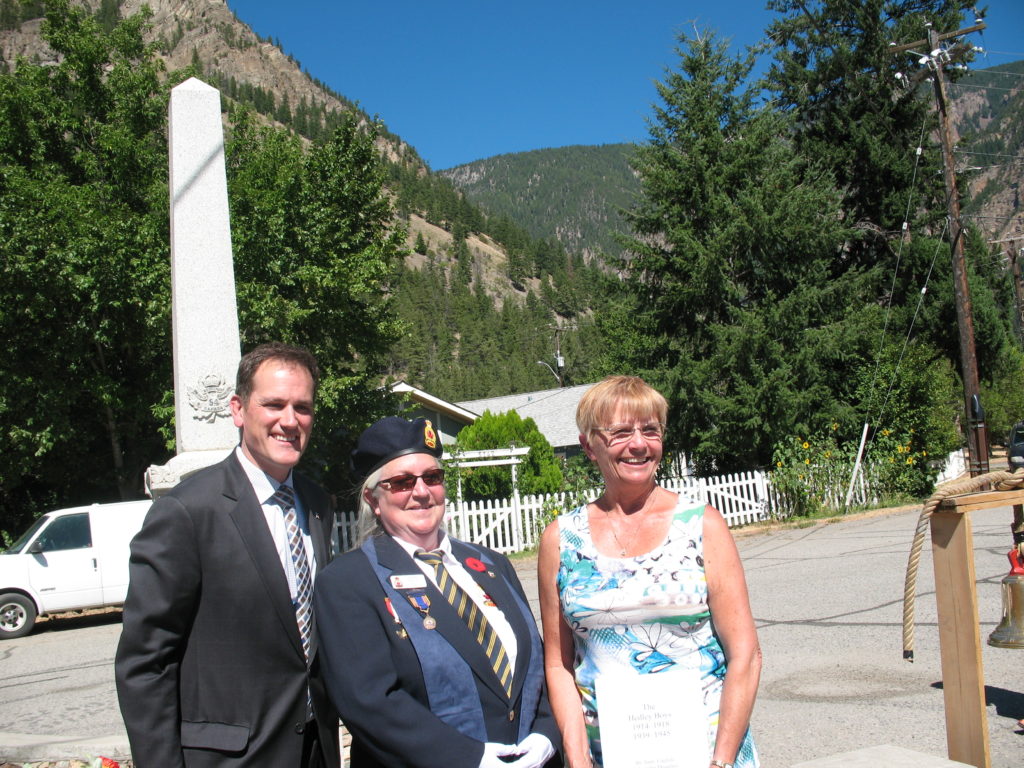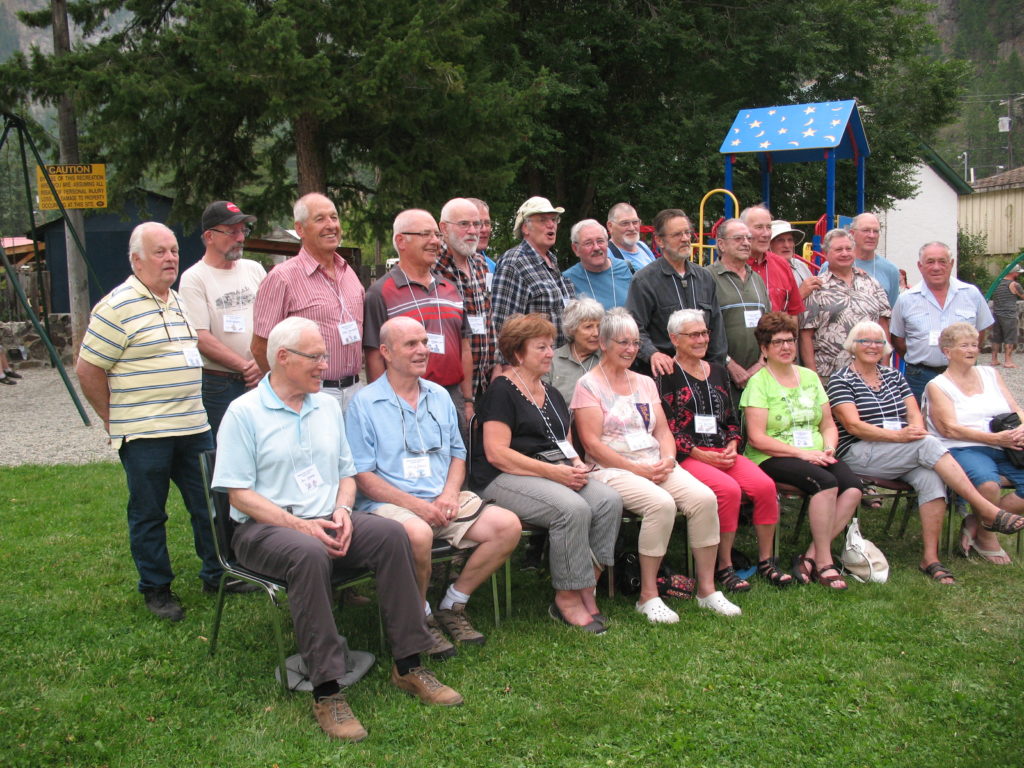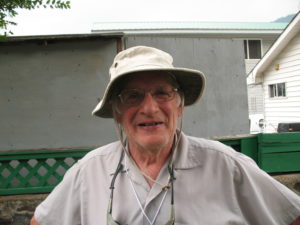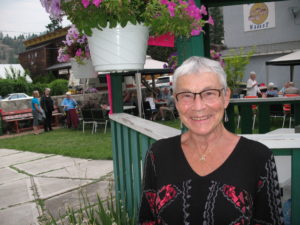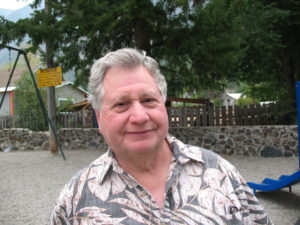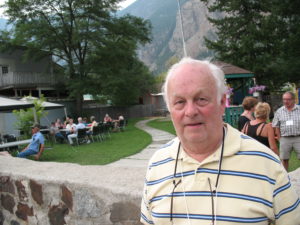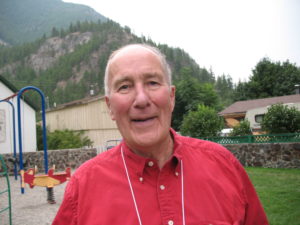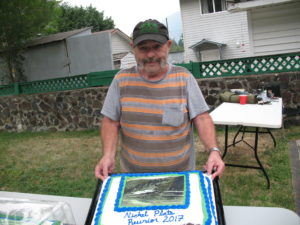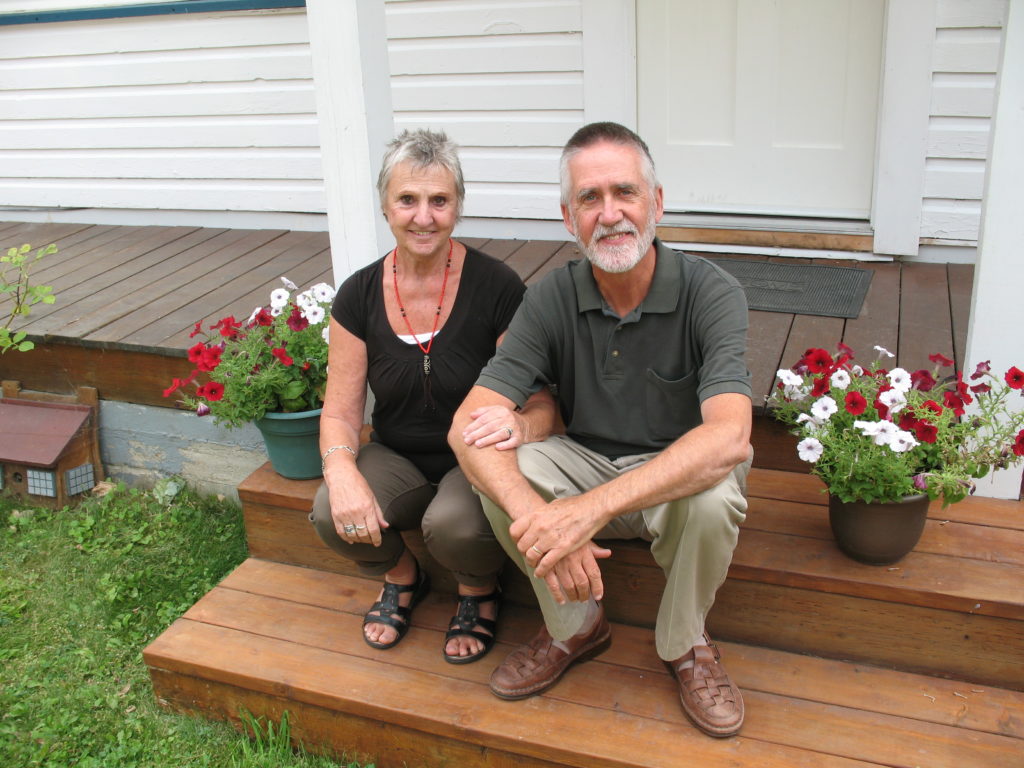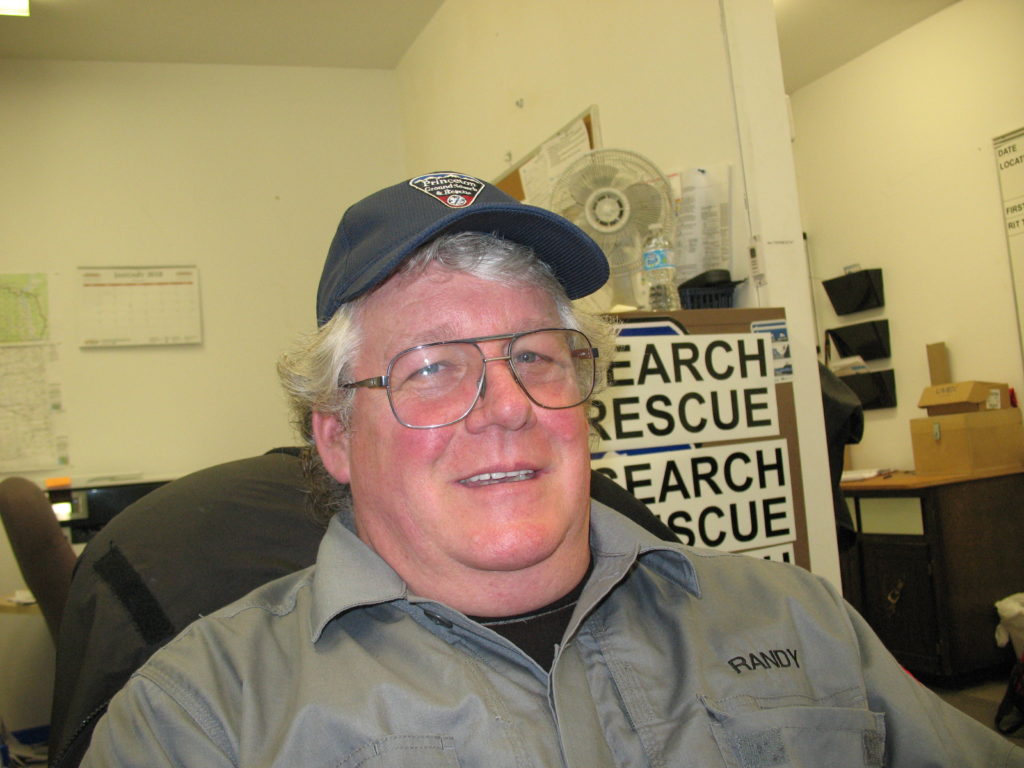
Members of Princeton Ground Search and Rescue (GSAR) are at times awakened in the middle of the night by the urgent ringing of their phone. “We’re on call 24-7,” Randy Rorvik, a Team Manager told Linda and me in a conversation at their headquarters on a recent Saturday morning. “We never know what to expect. My wife Angie gets up and makes coffee and sandwiches for me. We cover a huge geographic area. Last year we were called out 22 times, mostly for rescues.”
He paused and smiled. As we listened, we would conclude that his disarming, relaxed demeanor was likely at least in part derived from the confidence provided by extensive training and experience.
A quick glance around the GSAR office suggested this is not a place where fainthearted dabblers would feel comfortable. The walls are void of adornments. One wall features a large map detailing plans for an evacuation. There’s communication equipment, also several computer screens. No woman’s delicate touch here. “We debrief after every search. Communication is always an issue,” Randy observed.
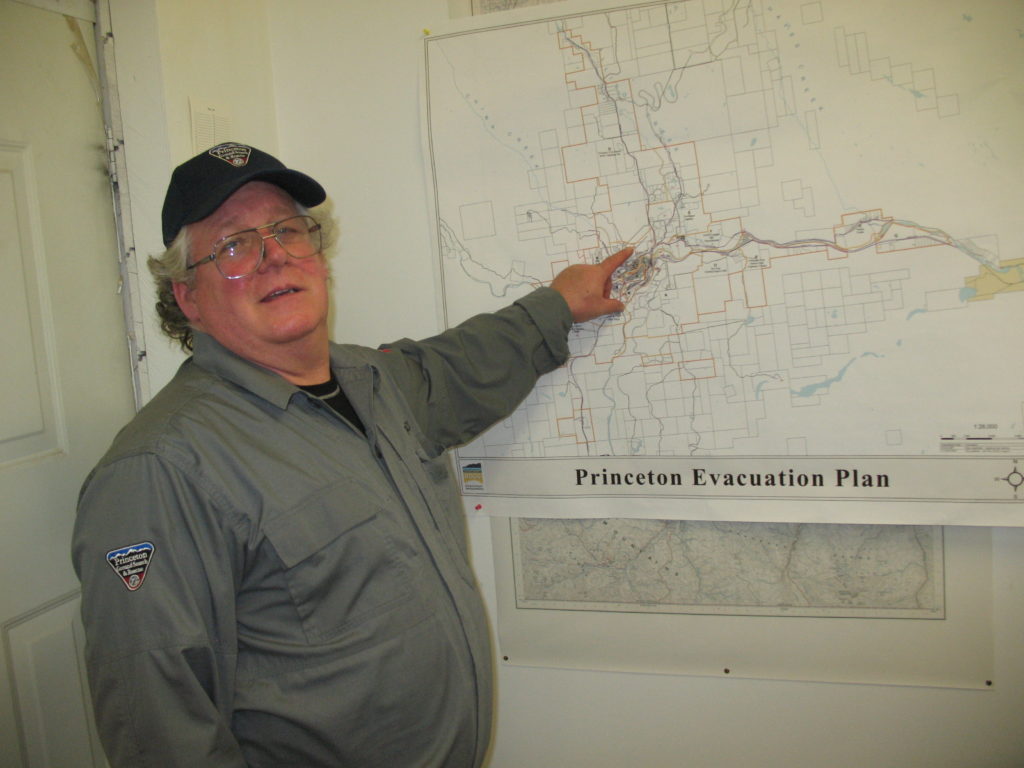
We learned GSAR is very much about commitment, preparation, and often tedious attention to detail. “We meet for training every Thursday,” Randy said. “Some of what we learn may never be put to use, but we must be ready. Today a number of members are in the meeting room attending a seminar on ice rescue. This afternoon we’ll be at McKenzie Lake doing a simulation.” I was impressed that while some people were sleeping in or relaxing, team members were preparing.
Randy was born in the early 1960’s in Princeton and raised locally. Until 15 years ago, he wasn’t even thinking about search and rescue. “My friend Arnie Powell got involved when an RCMP officer placed an ad requesting volunteers. Arnie’s truck was broken down and he asked me to give him a lift to a search and also to help. Since then I’ve taken a number of courses, including Train the Trainer. Tracking is my specialty and I teach that. Tracking entails a lot of time on hands and knees, nose to the ground, looking for clues.”
Randy expressed high regard for the team. “We’re all volunteers. We do receive $25 per day on call-outs, but every member turns that back into the organization.”
In the early days, all their gear was stored in one large orange box. Since that meager beginning, the provincial government has recognized the benefit of their work. “The province has given us one time grants, and the town and RDOS have chipped in as well. We also receive support from the community,” Randy said. “All this has helped us acquire several ATV’s, snowmobiles, a truck and a command trailer that carries our gear when we go on searches.”
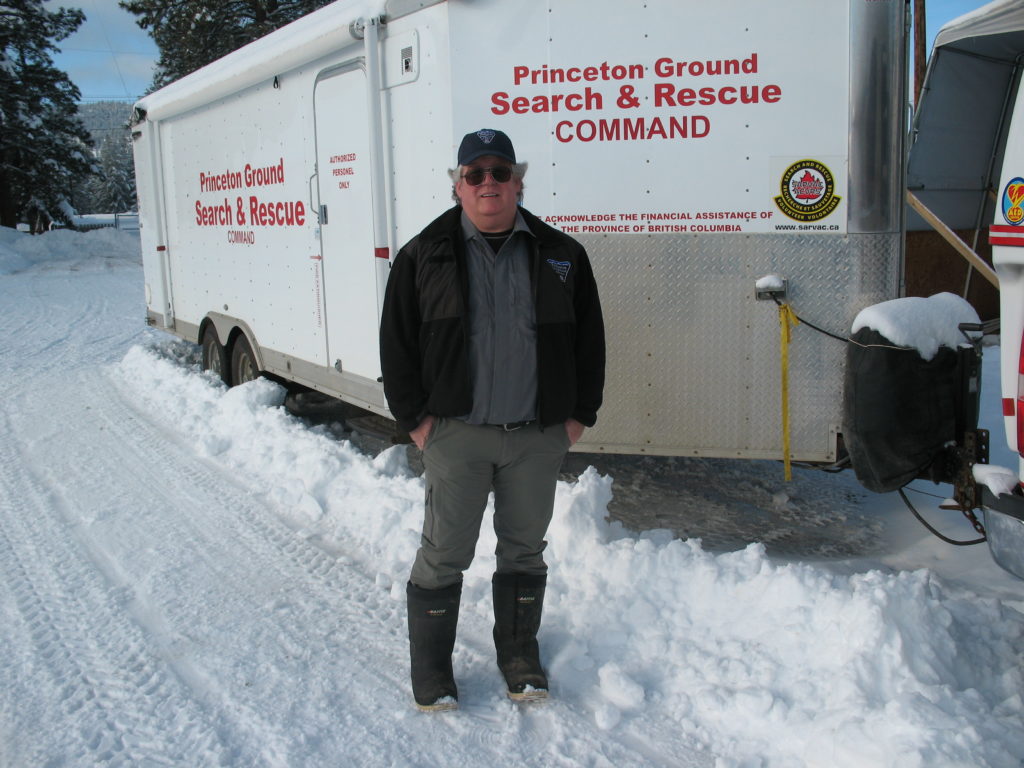
“I’m sometimes surprised at where lost people end up,” Randy admitted. “We regularly use Koester’s ‘Lost Person Behavior‘ which is now online. It helps us understand what lost people typically can be expected to do. ”
Lost people make it easier for the team if they leave some sign they have been at a particular spot. “In the past we expected people to go down to find a stream. Now they are likely to go up to get a cell signal.”
In one case a man took his 2 children and a friend into the mountains. Their pickup got stuck and the friend, apparently hoping to get help, walked away and got lost. “We went in by chopper and found the truck. From there we were able to follow the tracks in the dirt and find the man.”
Some rescues are pretty simple but still critical. One such case involved a woman in the Keremeos area. After hiking she was too exhausted to get back to her car. “We alerted Scotty Hare, a Team Manager who lives in Keremeos. He found her and brought her back.”

Before going into the wilderness, Randy said, people can make things easier for searchers by leaving a plan indicating where they are going and when they expect to return. He also urgently recommends a Personal Locator Beacon. “The newer models permit texting. This can provide information that aids us in the rescue effort.” He’s enthusiastic about new systems, strategies and technologies.
If Linda and I are ever lost in the woods I certainly hope Randy and his pragmatic, tough minded search and rescue team will be out there with noses to the ground, searching for us.

